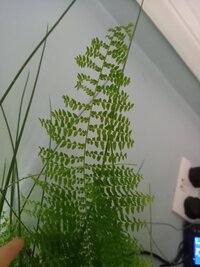G
Guest
Guest
I've spent an hour or so on Google trying to find some definitive info on the toxicity of azalea root, with not much luck. Some think it is toxic, but it's just opinion with no evidence to back it up. However, the degree of toxicity of the plant is influenced by climate, herbivore interactions, and possibly allelopathic interaction with other plants. So the degree of toxicity may vary spatially at both small and large scales. And therefore I should imagine over time too. Either way a very interesting subject. Takes me back to undergraduate plant ecophysiology.
Also came across this
Also came across this
Rhododendron molle Chinese Azalea PFAF Plant Database
Rhododendron molle is a deciduous Shrub growing to 2.5 m (8ft 2in). See above for USDA hardiness. It is hardy to UK zone 7. It is in flower in May. The species is hermaphrodite (has both male and female organs) and is pollinated by Insects. Suitable for: light (sandy) and medium (loamy) soils...
pfaf.org











